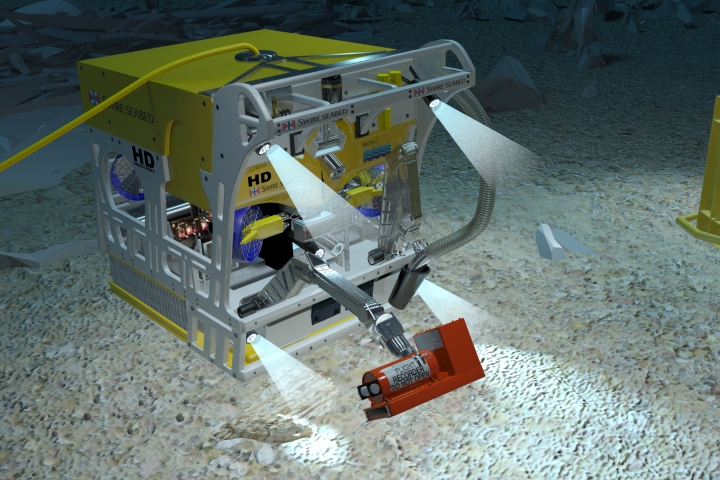 One single footprint represents mankind’s greatest scientific achievement. An image of that human spoor cast in lunar dust is interminably linked with Neil Armstrong’s famous quote: “That’s one small step for [a] man, one giant leap for mankind.” It was not just America’s step but a leap for mankind. Such a simple movement and yet so many technical achievements were required to make that first step on the moon’s surface possible. Advances in materials, water purification, medicine and especially great leaps in computer technology all played a part in the unprecedented mission. It’s hard to believe, but current computing power has multiplied to such an extent that your mobile phone has more processing capability than the lunar lander.
One single footprint represents mankind’s greatest scientific achievement. An image of that human spoor cast in lunar dust is interminably linked with Neil Armstrong’s famous quote: “That’s one small step for [a] man, one giant leap for mankind.” It was not just America’s step but a leap for mankind. Such a simple movement and yet so many technical achievements were required to make that first step on the moon’s surface possible. Advances in materials, water purification, medicine and especially great leaps in computer technology all played a part in the unprecedented mission. It’s hard to believe, but current computing power has multiplied to such an extent that your mobile phone has more processing capability than the lunar lander.
However one awe-inspiring technical marvel is the F-1 rocket engine which has not yet been bested in our modern world. The F-1 Saturn V rocket engine still remains the most powerful single chamber, liquid-fueled rocket engine ever developed. Each of the five, 20-foot-tall behemoths mounted on the Saturn V first stage generated over 1.5 million pounds of thrust. The icons of this incredible historical achievement were lost to the deep ocean until a group of explorers armed with today’s cutting-edge technology braved towering seas to recover a few of these engines from over 14,000 feet below the Atlantic’s surface.
So just what does it take to recover a nine-ton object from very deep water? First you need to find it.
While NASA published coordinates for these engineering masterpieces, no one actually tracked the falling first stage to the ocean’s surface. A search operation was needed, no small accomplishment considering the target size and water depth. Secondly, a ship capable of carrying all the critical crew and equipment was necessary, but more importantly, since you can’t anchor in 14,000 feet of water, the vessel must be able to maintain position within a few meters as the wind and current push on the ship’s hull. The third requirement is robots, which can not only survive the deep ocean, but actually dig and connect lifting slings from miles above. These robots are known as remotely operated vehicles, or more commonly, by the acronym ROV. Once the robots have rigged the engines for recovery, a winch capable of lifting the weight and spooling miles of synthetic cable must do the job of slowly raising the engines and associated pieces up to the surface.
All the best technology is not a guarantee of success, however. The team fought with storms, deep ocean currents, and yes, sometimes the lack of deep ocean currents even posed challenges when dredging the half-buried engines. While the ship and crew can handle the large waves generated by a storm, the almost three mile long cable connecting the ROV to the surface contains delicate fibers which, if stressed, can break, severing the robot’s control systems. Currents push on the cables causing the ROVs to strain their hydraulic motors to maintain position. During days with no current the team was plagued by very low visibility, as any work near the bottom stirs up clouds of sediment which hang like an impenetrable fog over the work area. And yet even with these challenges, the team did recover a number of these F-1 rocket motors.
In a series of articles, we will explore the complex and fascinating technology used to probe the deep ocean as well as some of the more mundane facts about living and working on a technologically-advanced salvage ship. Join us as we venture into the world of deep sea technology in the following posts.
“Finding an Apollo Engine in the Deep Ocean”
“The Right Stuff for a Deepwater Recovery”
“Operations of the F-1 Recovery”
“The Long Haul: Raising An Apollo Rocket Motor from the Ocean Floor”
Printed with Permission from Bezos Expeditions.
© Copyright Vince Capone 2013


